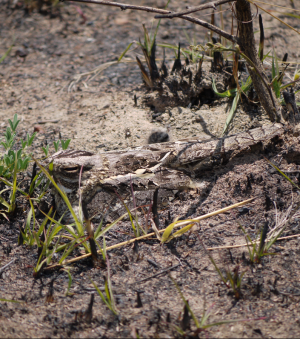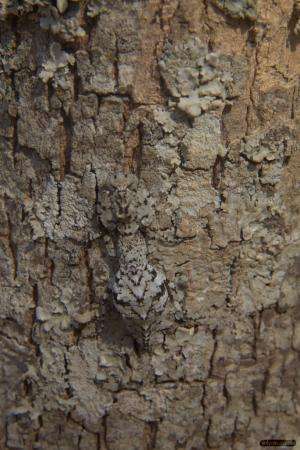Bad news for prey: New research shows that predators can learn to read camouflage

Camouflaged creatures can perform remarkable disappearing acts but new research shows that predators can learn to read camouflage. The study, which used human subjects as predators searching for hidden moths in computer games, found that the subjects could learn to find some types of camouflaged prey faster than others.
The research was carried out by the University of Exeter and the University of Cambridge and is published in the journal PLOS ONE. Moths with high contrast markings - that break up the shape of the body, like that of a zebra or giraffe - were best at evading predation at the start of the experiment. However humans learnt to find these prey types faster than moths with low contrast markings that match the background, like that of a stick insect or leaf bug.
The study shows that the benefit of a camouflage strategy depends on both how well it prevents initial detection and also on how well it inhibits learning.
Lead author Dr Jolyon Troscianko from the University of Exeter said: "This is the first time that a study has focused on the learning of different camouflage types rather than how quickly camouflage prevents initial detection.
"We found considerable differences in the way that predators learn to find different types of camouflage.

"If too many animals all start to use the same camouflage strategy then predators are likely to learn to overcome that strategy more easily, so prey species should use different camouflage strategies to stay under the radar. This helps to explain why such a huge range of camouflage strategies exist in nature."

Camouflage offers a visual example of how the process of natural section works in evolution. Those prey with successful camouflage strategies evade predation, survive and reproduce giving rise to future generations of successfully camouflaged individuals. Camouflage is probably the most widespread way of preventing predation in nature and is also valuable in human military applications as well as in recreation, art and fashion.
More information:
Journal information: PLoS ONE
Provided by University of Exeter




















